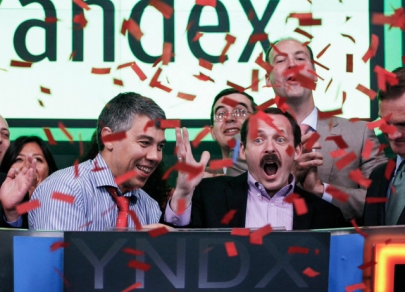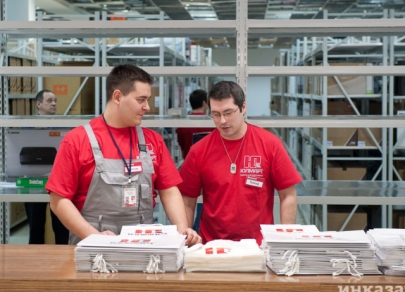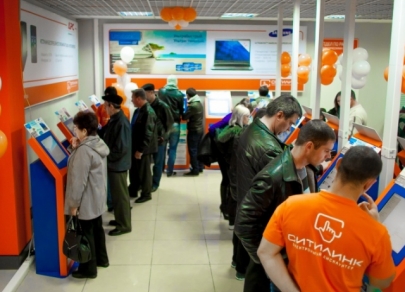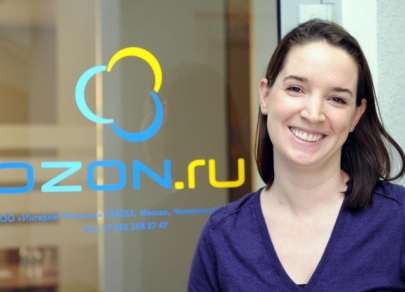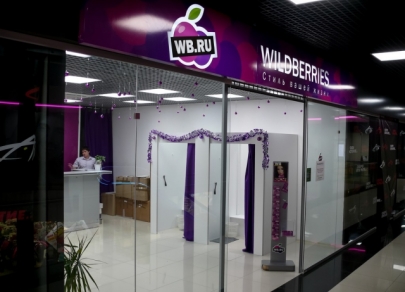
Apple Inc. losing its shine facing 10 grave challenges
Not long ago, Apple was the undisputed leader—an innovation benchmark and the world's most valuable company. However, the company's is losing its market value this year. It now trails behind Microsoft and Nvidia in market cap, its stock consistently underperforms, sales are sluggish, and regulatory pressure is rising. Apple no longer sets the agenda—it is reacting to it. Let's explore why. Here are the ten key challenges Apple is facing right now.






